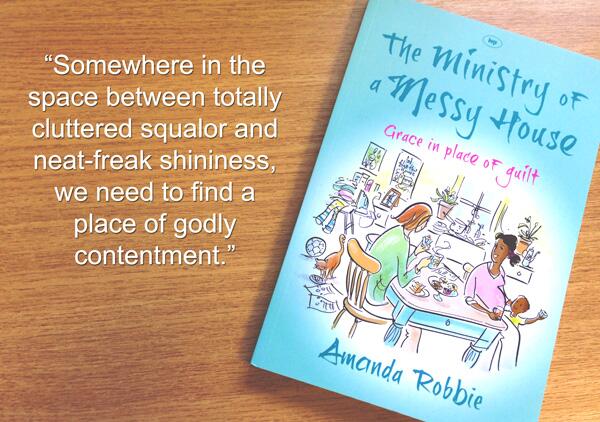The Vicar and I first ate Bi Bim Bap (pronounced Bee Bim Bap) in Singapore, in a tiny Korean restaurant near the Vicar’s office. In those days he wasn’t a vicar, but an engineer working for a structural steel construction company. Bi Bim Bap means ‘mixed rice’ in Korean and my version isn’t terribly authentic, but we still love it. It’s simple and delicious and it’s my go-to recipe after cooking roast beef (we always have brisket) for Sunday lunch.
Ingredients
- Rice (I use Thai fragrant jasmine)
- Beef – minute steak if you don’t have any leftovers from Sunday lunch
- At least couple of veggies to stir fry. Choose from bean sprouts/carrots/Chinese cabbage/baby corn/peppers etc – whatever you like or have in the fridge.
- Garlic
- Light soy sauce
- Sugar
- Vegetable oil
- Barbecue sauce – we use Bibigo Bulgogi Beef Barbecue sauce, which is authentically Korean, but any barbecue sauce will do.
- Eggs
- Chilli sauce – again we use the Korean one available in our astonishing multicultural Tescos, but any will do.
Cook your rice as usual. Then prepare all your ingredients: chop the veg, including a clove or two of garlic per vegetable, leaving each vegetable in a separate bowl. Slice your beef thinly. Make sure you have your oil, soy sauce & sugar handy. Hopefully your rice will be cooked and ready to go now. Heat up your wok or stir fry pan with a splash of oil. Pop in one portion of chopped garlic and once it is golden, add your first vegetable. Stir fry until cooked, then add a dash of soy (around 1/2tbspn per person) and a sprinkle of sugar (1/4tspn per person). Then put the cooked veg back in the bowl. Repeat with second vegetable. And then third, fourth etc if you’re feeling keen, but two vegetables is fine, honestly.
Then pop another dash of oil in your wok and add the beef. Stir fry until cooked (heated through if using leftovers) and add the barbecue sauce. If we’re using leftovers I also add leftover onion gravy at this point – so delicious. Heat through.
Then, using a separate frying pan, fry an egg for each person who’d like one – the Engineer is not keen, so his Bi Bim Bap comes egg free.
Now assemble your dish: rice at the bottom/side, vegetables and beef arranged in little piles on top, fried egg to top it all off. Squirt with chilli sauce to taste, then serve. Mixing is done by the person eating.
I would love to learn to make kimchi, the spicy pickled chilli cabbage dish, to accompany this. All recipes gratefully accepted!












